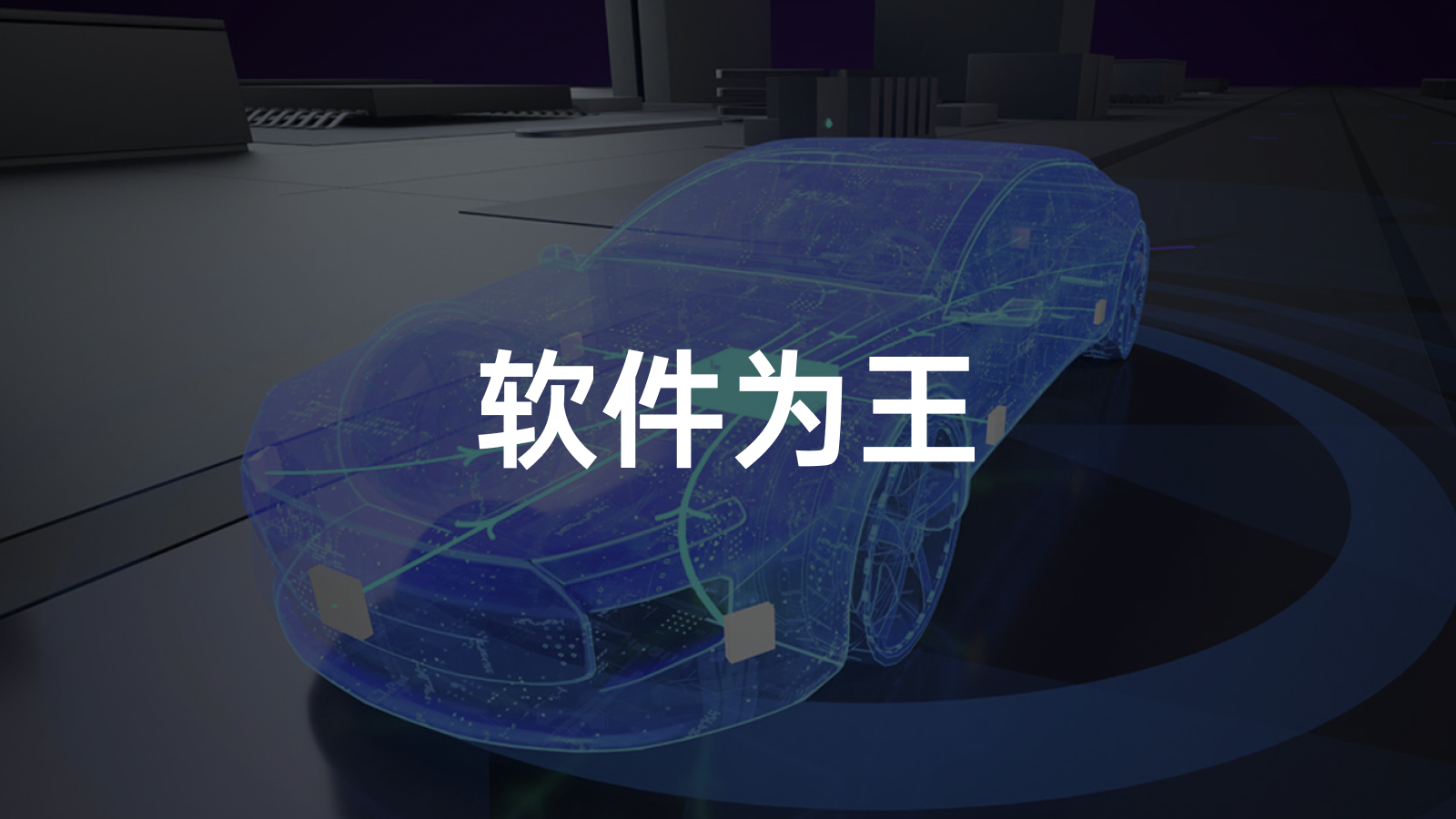Volkswagen Aims to be “Software-Driven Mobility Supplier” in Accelerate Plan Launched in March 2021
Following this plan, the importance of Volkswagen’s software department has been rapidly elevated within a year of its radical transformation plan:
-
On June 28, 2021, Diess announced his resignation as chairman of Skoda and SEAT’s supervisory board, and will devote himself to software construction;
-
On December 7, 2021, Diess successfully remained as CEO of the Volkswagen Group and will be fully responsible for the work of CARIAD, the software department, starting this year.
Because Diess believes that “by 2030, on the basis of BEV (electric vehicle) and ICE (internal combustion engine vehicle) sales, software-supported sales will increase the entire travel market from the current approximately 2 trillion euros to 5 trillion euros.”
On April 28, Volkswagen held the “CARIAD China Strategy Release Conference” in China, which was the first time Volkswagen presented the work and situation of its CARIAD China subsidiary to the outside world.
What is CARIAD?
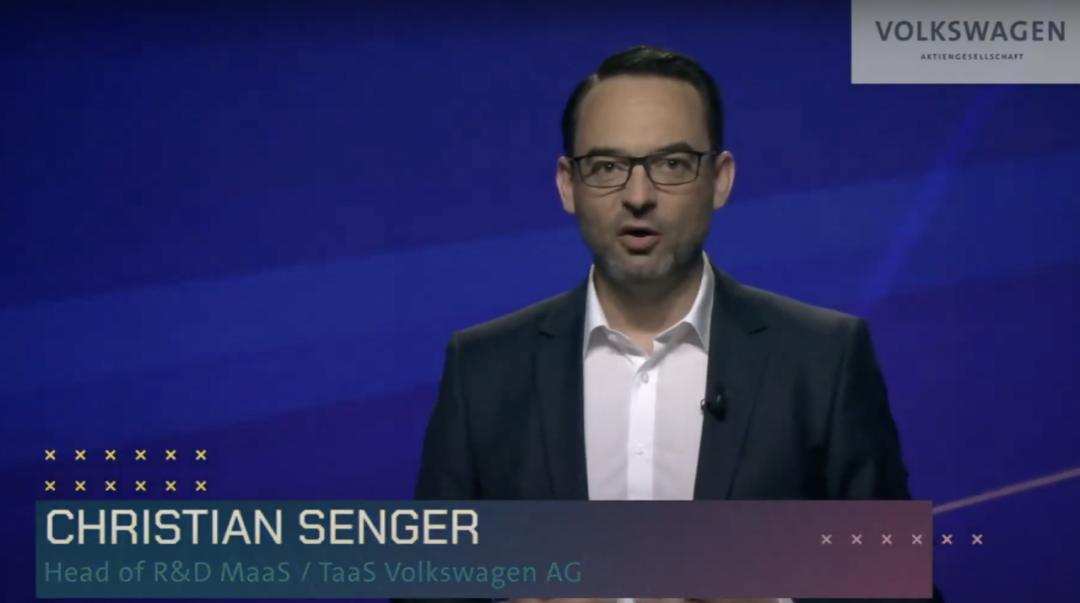
In fact, Diess has been positioning the software department since February 2019. He set up a software department called “Digital Car & Service” and brought in Christian Senger, who looks very much like Mr. Bean, to be in charge of the entire software department.
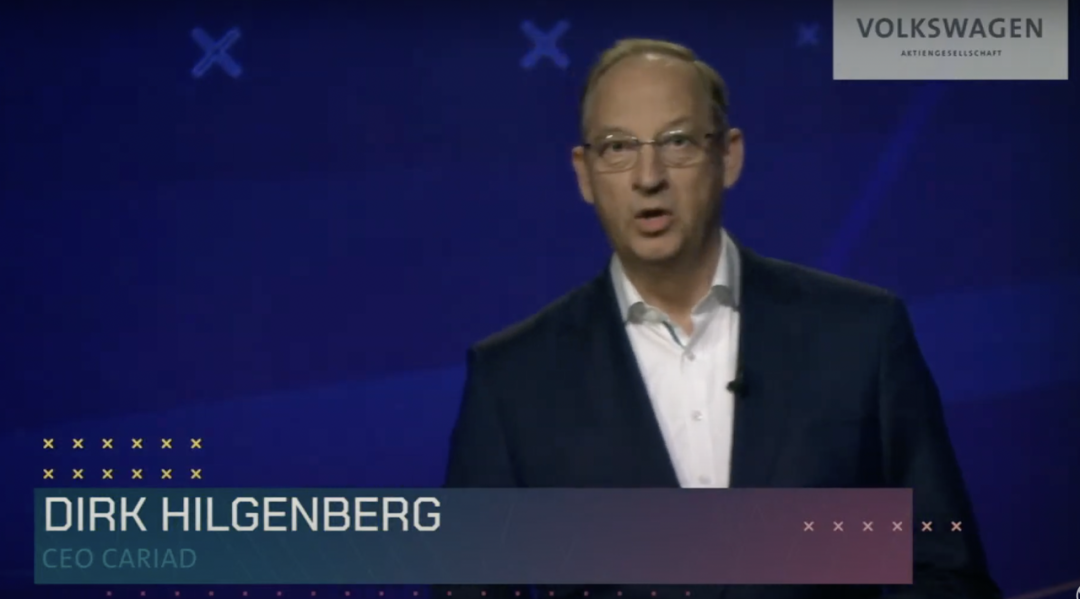
Due to its radical reform, this department was attacked by unionists in multiple struggles and eventually became independent as CARIAD. The head of this department was Dirk Hilgenberg, who came from the BMW IT department.
As Volkswagen’s software department, CARIAD has the top IT talents in the group to coordinate the development of basic software for all brands. Its authority and status are higher than that of traditional functional departments. CARIAD’s defined business is very clear: “Develop a unified and scalable new software platform, advanced driver assistance systems and autonomous driving, as well as next-generation intelligent interconnection capabilities.” My understanding is that it mainly includes two major areas: the E³ electronic and electrical architecture (including VW.OS) and VW.AC.
E³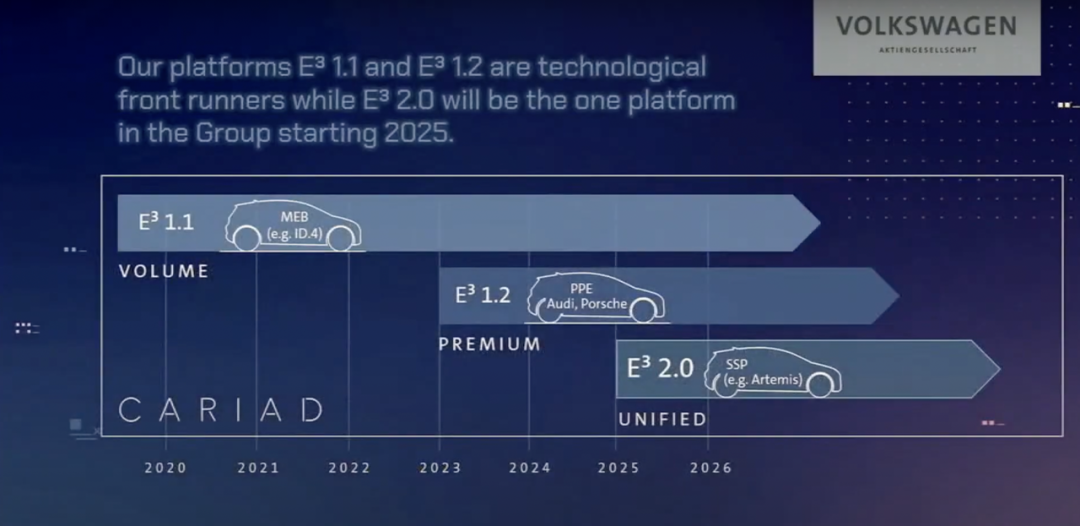
The E³ 1.1 version is already in use, for example in Volkswagen’s ID.4, Skoda’s Enyaq, or CUPRA Born. The MEB product portfolio can be updated over-the-air with this version.
The E³ 1.2 version, which is in development and to be released in 2023, is an infotainment system based on Android that includes a third-party app store with a variety of software options. The focus is on supporting VW.AC, the Volkswagen cloud service where vehicle data will be migrated.
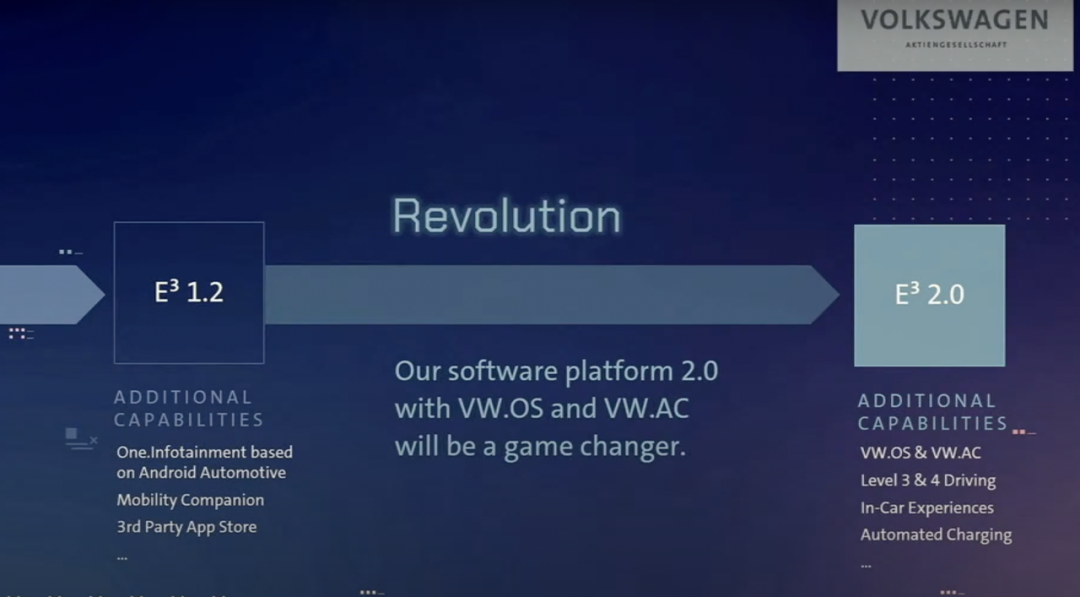
In 2025, the E³ 2.0 version will be launched, which is referred to as a “game changer” by Herbert Diess. It will introduce VW.OS to a new era, and all Volkswagen Group models will use the new operating system to achieve maximum synergy. Volkswagen promises to simultaneously maintain brand differentiation and high-quality user experience.
Audi’s Artemis project will demonstrate the E³ 2.0 in 2025, along with Volkswagen’s fully automated driving capability and SSP platform. In 2026, these technologies will be incorporated into the Trinity project of the Volkswagen brand. Volkswagen is optimistic that by 2030, 40 million vehicles will be driving around the world, and software will become one of the most important profit pools!
VW.AC
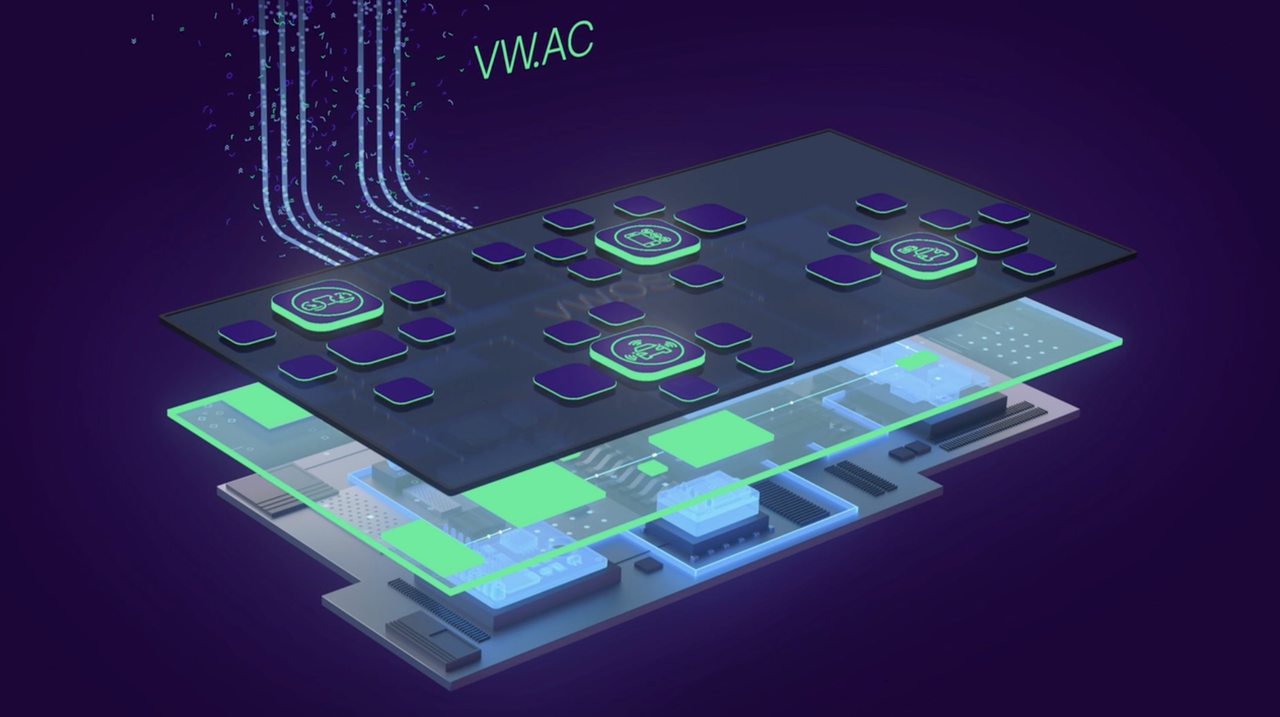
As domain control architecture evolves, the ultimate goal is the “cloud.” Volkswagen has chosen to collaborate on a strategic level with Microsoft, and Diess has even called Microsoft a “key factor” in Volkswagen’s software-driven mobile service provider development.
Aside from cloud-based data management, over-the-air updates, and AI processing which are essential for private vehicles, I believe that VW.AC will be significant for commercializing Volkswagen’s autonomous vehicle fleets.The ultimate goal of CARIAD is to have the technology developed by CARIAD running on more than 40 million vehicles worldwide by 2030. To achieve this goal, when the Volkswagen software department was just starting to plan, Volkswagen set a lofty talent plan to rally 10,000 IT talents. So far, CARIAD has about 5,000 IT talents, completing half of the plan. However, in Europe where CARIAD is based, the Internet atmosphere is not strong, and their biggest problem is a shortage of IT talent, so CARIAD must “go out”.
CARIAD China Subsidiary
CARIAD’s first stop was China. China not only has the largest single market for Volkswagen, a complete and mature industrial system, but also has a large number of talents and resources in software.
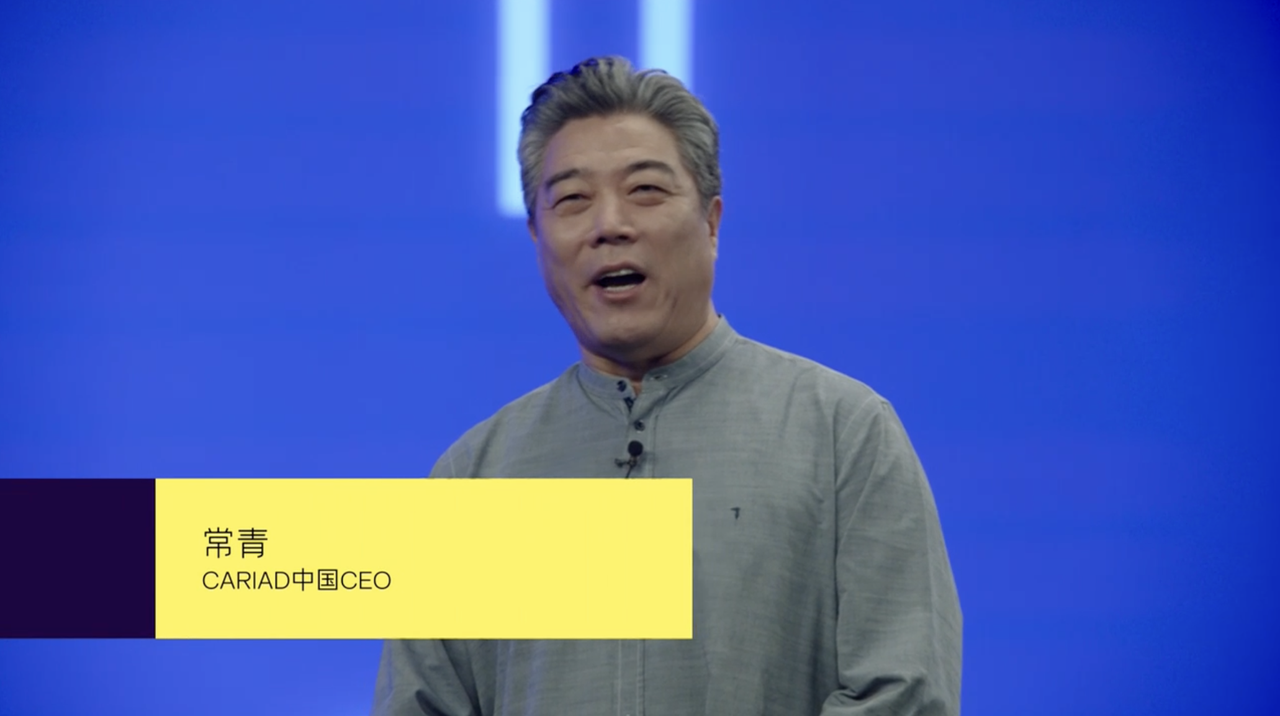
The earliest establishment of the CARIAD China subsidiary was in 2021. Qing Chang, one of the co-founders of CARIAD, served as the CEO of the CARIAD China subsidiary. Qing Chang has been an “old Volkswagen person” since 1990. Since 2018, he has been responsible for planning and establishing the product sequence of the group’s unified extensible electronic and electrical architecture.
In less than a year from last year to now, the CARIAD China subsidiary has formed a team of 600 people, and it is expected to double the number of people by the end of 2023, of which more than 90% will be local software talents. At the same time, the CARIAD China subsidiary is building research and development forces in Beijing, Shanghai, Chengdu, and Hefei, hoping to build a nationwide distributed R&D network.
We know that there are currently two pure electric platforms within Volkswagen. For different platforms, CARIAD matches different software. The work task of the CARIAD China subsidiary is to develop and adapt the software for different platforms:
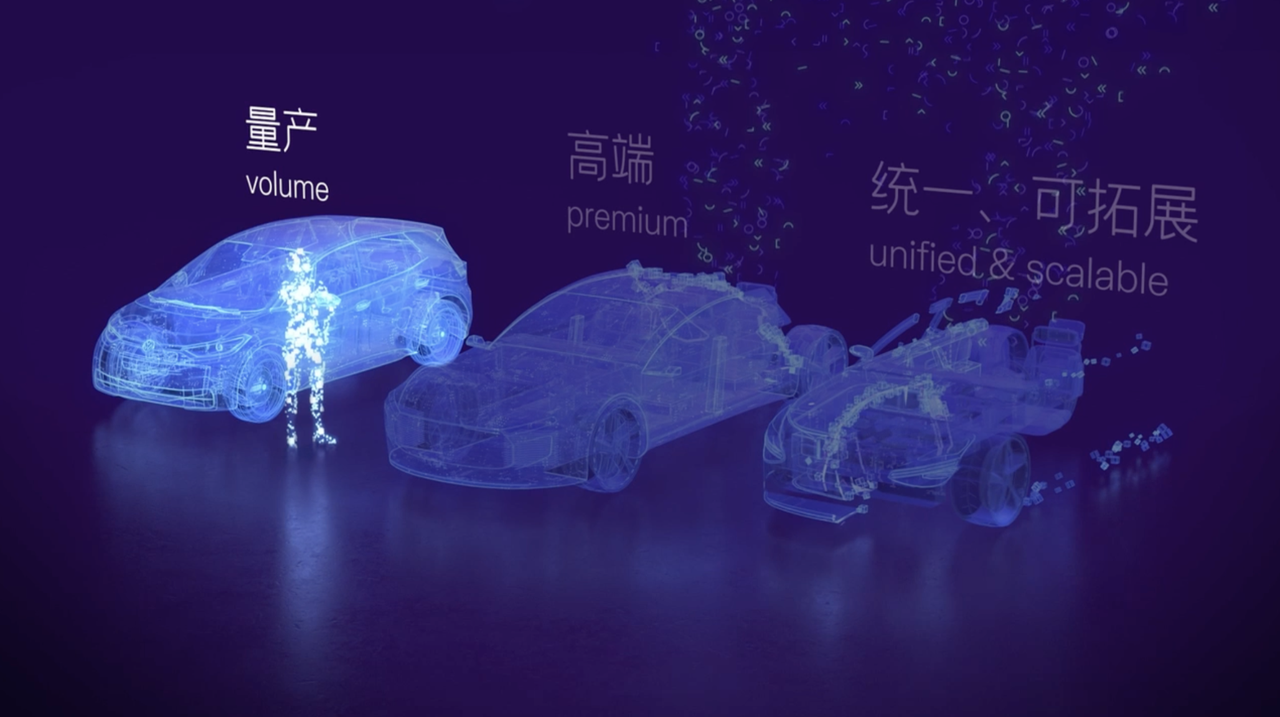
- The production software platform (volume), which is applicable to MEB platform models, will achieve software remote online updates, i.e., OTA, on specific models. The Chinese team will take the lead in achieving OTA for the ID. Family series products in China. The first update is expected to be implemented in the second half of 2022.- Premium software platform suitable for PPE platform is planned to be launched in the next two years. It will support advanced information and entertainment systems based on the Android open-source system and advanced driver assistance systems, and enable remote online updates for some Audi and Porsche models.
- The Chinese team is leading the development of the aforementioned two systems’ China-specific applications.
- The new unified and scalable software platform will apply to all brands under the Group in the future, support Volkswagen’s independently developed operating system, VW.OS, and connect to Volkswagen’s cloud, VW.AC. This can be understood as Volkswagen’s SSP platform-exclusive software, which is scheduled to be launched around 2025 and pre-installed with L4-level automatic driving technology.
- The Chinese team will lead and participate in 70% of the research and development work for the new software platform technology stack and product line, including local research and development and adaptation. At the same time, the Chinese team will also develop a data backend that meets data compliance requirements locally, namely the Volkswagen cloud VW.AC, and implement a series of interconnected services.
- The CTO of CARIAD’s Chinese subsidiary is Dr. Sun Weibo, who joined Volkswagen in 2017 and served as senior director of its intelligent travel development department. He quickly formed a team of more than 150 software development engineers, providing intelligent vehicle-related software systems to multiple companies of Volkswagen Automotive China, and delivering multiple intelligent travel software projects for Volkswagen Group, including providing charging service mobile Apps for KEMES New Energy Technology Co., Ltd. (CAMS) and pilot self-driving taxi service platform in Hefei. Prior to that, Dr. Sun Weibo worked for sixteen years at IBM China Research Institute, with rich experience in software development and intelligent travel.
- Currently, the Chinese team has mainly focused on “optimization” work in less than a year, which I believe people who work with software should be very clear about the importance of optimization for the entire software system.
- To accelerate the iteration speed of research and development results, CARIAD’s Chinese subsidiary launched an innovative action called “Forward,” rolling out product innovation plans and research and development methods quickly by quarter frequency. The quarterly index needs to integrate the tools.
Rainbow Composer“`markdown
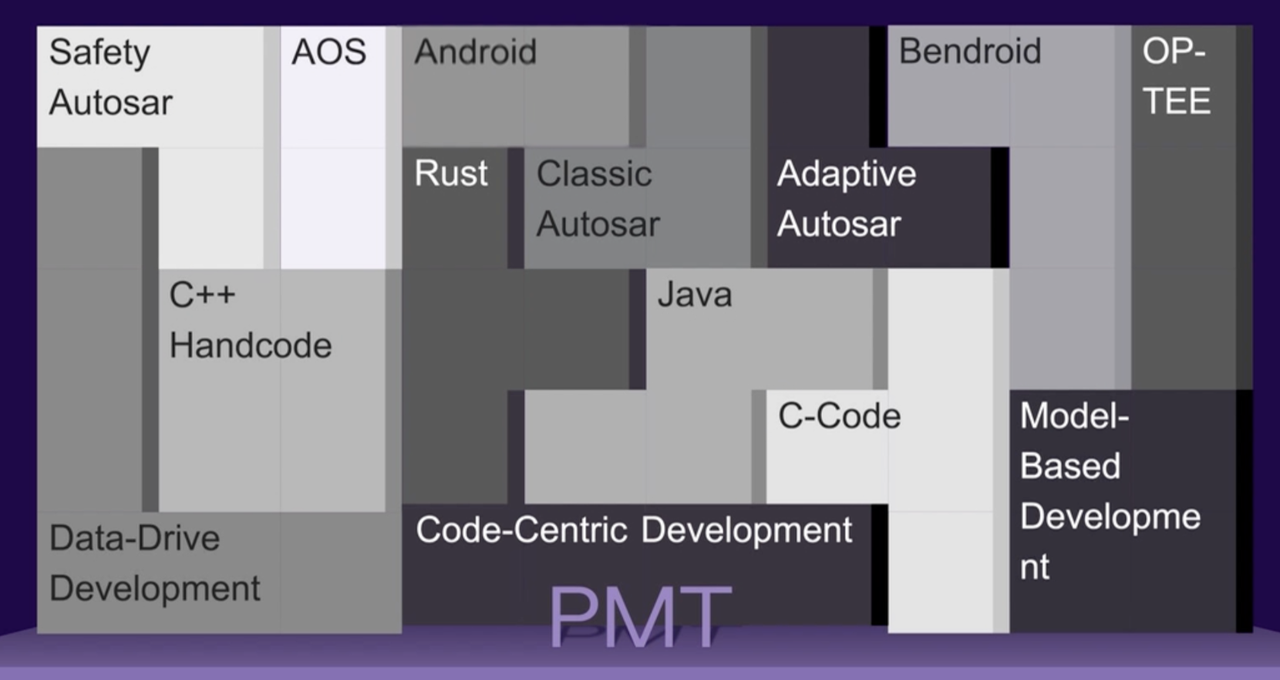
PMT (Process Methodology Tools) is a complete integrated platform for development process, methods, and tools. With more than 50 customized and self-developed tools, engineers can seamlessly switch between developing automotive operating systems, in-vehicle applications, cloud services, and achieve a certain degree of automatic enhancement of efficiency.
In 2022Q1, during the first action of “Forward”, CARIAD China subsidiary proposed more than 80 innovative ideas and selected 6 applications covering different fields such as advanced driving assistance, intelligent cockpit, remote services, and infrastructure, which will be further developed in the next 3-6 months.
At the release event, CARIAD China subsidiary showcased one of the features – OOTD (Outfit of the day) – which obtains the driver’s clothes color information through the in-vehicle camera, and matches the ambient lights, greetings, and UI themes accordingly.
Yes, it may seem a little underwhelming, but the development software Rainbow Composer demonstrated by CARIAD China subsidiary is the highlight.
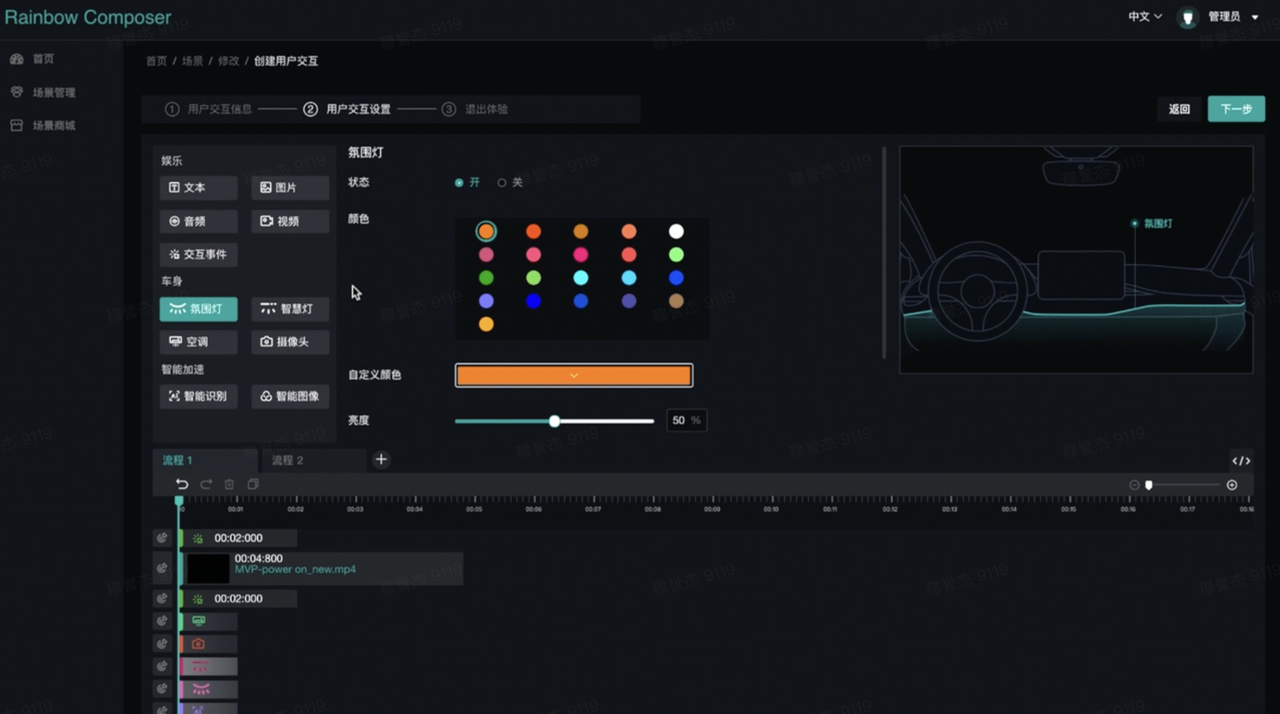
Looking closely, the toolbox displayed on this interface contains a series of vehicle-related functions, including ambient lights, air conditioning, seat settings, artificial intelligence, and entertainment information services. Developers can use this tool to quickly customize new customer experiences for specific scenarios and create “personalized touchpoints” for users inside the vehicle.
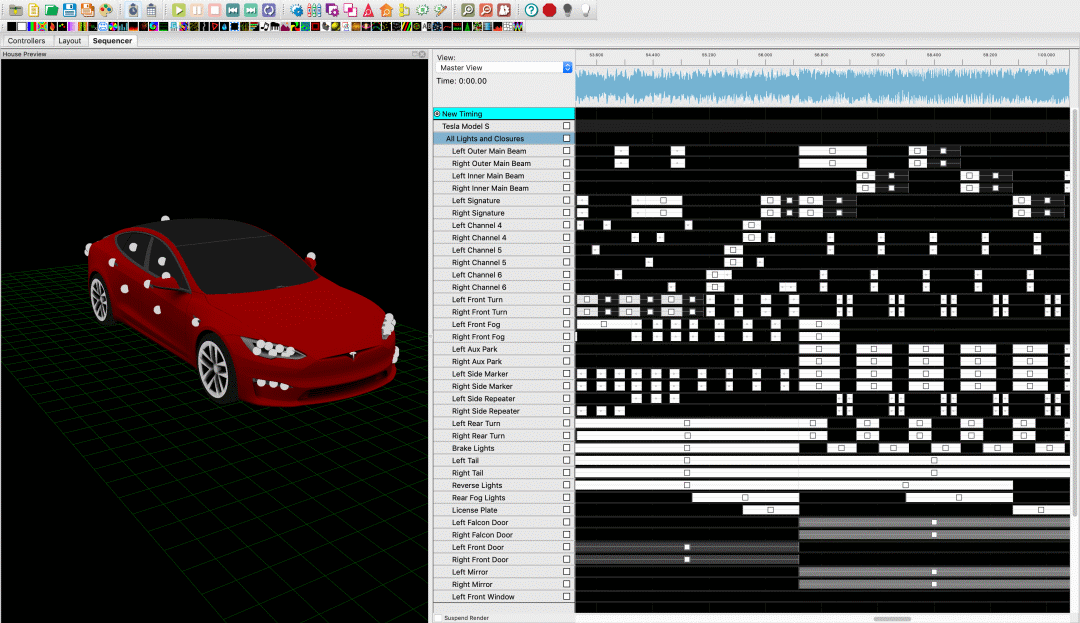
To be honest, the information presented on this interface, compared to Tesla’s “light show,” is not complex, and it is all in Chinese. I personally have confidence in customizing the entire system, and Tesla’s “light show” open-source tutorial has even reached the top of the GitHub daily ranking. As for whether this DIY fun is niche, I think everyone can leave a message for communication. However, CARIAD China subsidiary may indeed open up this feature to consumers.
Many domestic new forces are doing this, which is a good direction for the real implementation of the SOA architecture. However, the limit of decoupling vehicle software and hardware is the upper limit for playing this feature.
V2X
“`CARIAD’s V2X, an intelligent interconnectivity solution led by its Chinese subsidiary, is another highlight of this launch. It has three functions in total and has already been deployed in the latest Audi models in the Chinese market:
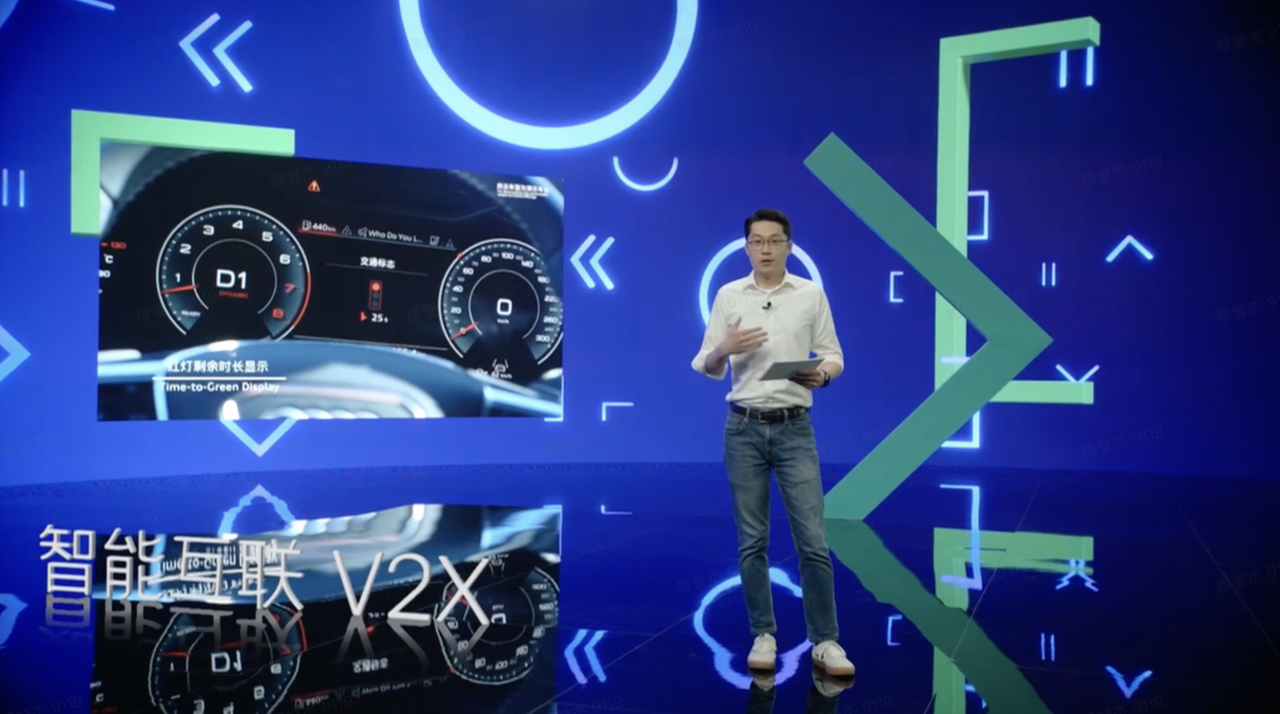
- Traffic Light Information (TLI)
This feature provides accurate traffic light information to drivers, down to the second, and gives advice on the recommended speed based on the traffic lights at intersections, ensuring uninterrupted driving. Some Audi models already allow owners to obtain traffic light information across the entire city.
- Local Hazard Warning (LHW)
This functionality, based on C-V2X vehicle-to-everything connectivity technology, has been implemented in six different scenarios. As an example, in the event of an accident, a vehicle with this function will instantly broadcast related warnings to surrounding vehicles via the C-V2X protocol, giving advanced warning to following vehicles beyond the line of sight.
- Local Hazard Information (LHI)
Based on networked technology, this feature provides more specific and timely information regarding road hazards. Traffic hazard information can be instantly captured by all vehicles equipped with this feature on the road and sent in order to the relevant display instruments of the vehicles, providing notice of real-time dangerous traffic events up to 40 kilometers away.
In the future, these V2X-based functions will be combined with ADAS.
Conclusion
Volkswagen Group employs 660,000 people, including factory workers, software developers, and tens of thousands of mid-level managers. Half of them are still engaged in traditional car production.
Diess’ innovation has progressed from hardware to software, and CARIAD, as the leader of Volkswagen’s software reform, receives annual funding of EUR 2.5-3 billion from the company.
It is unlikely to train ICE employees to adapt to software in this reform, and the number of IT professionals in Europe is insufficient to meet Volkswagen’s ambitions for intelligence. The first step in going global has been taken by CARIAD’s Chinese subsidiary, which has provided many substantive feature outputs in less than a year.
However, this top-down change will take some time to be conveyed to consumers’ cars through over-the-air updates. Let’s wait and see, because CARIAD’s Chinese subsidiary is still expanding its staff.
Finally, feel free to download the Garage app to get the latest news on new energy. If you want more real-time communication, you can click here to join our community.
This article is a translation by ChatGPT of a Chinese report from 42HOW. If you have any questions about it, please email bd@42how.com.
